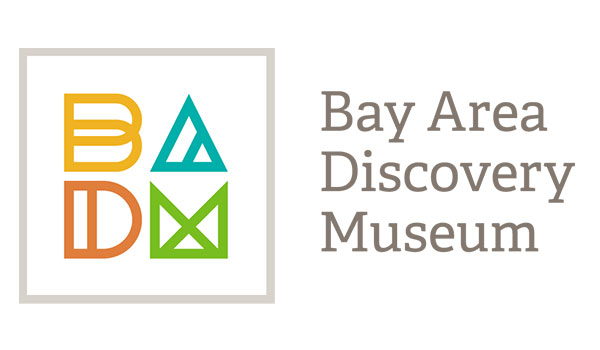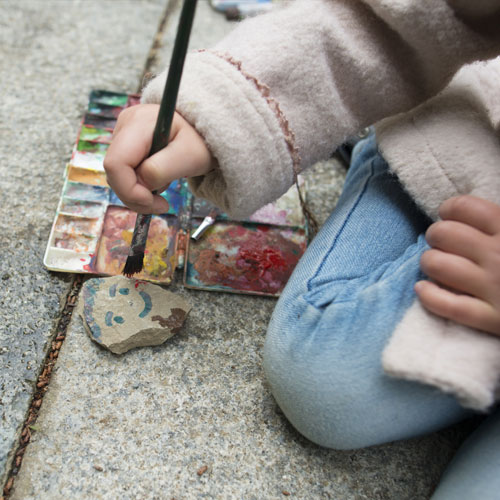Colorful, intricate designs on rocks can serve as inspiration for storytelling! Using imagination and originality will allow children to use chosen rocks as the basis for a story’s setting and characters.
Materials Required
- Rocks
- Gel Crayons
- Chalk markers
- Two baskets or bags
Instructions
- Invite children to draw designs on rocks using the gel crayons or chalk markers. Their designs should be something that could be used as inspiration for a story’s characters (monkey, mama, sun) or setting (ocean, city, house).
- When finished, allow the rocks to dry. After drying, collect all the character rocks into one basket or bag, and all of the setting rocks into a different basket or bag.
- Invite children to pull one rock out of the setting bag and 1-3 rocks out of the character bag.
- In a small group, give each child time to tell a 3-minute story that incorporates the characters and/or setting drawn on the rocks they selected.
Additional Tips
Try these add-on activities:
- Challenge a group of older children to use the story stones to work on creating a short, collaborative movie.
- Invite children to paint the rocks using intricate designs like dots or spirals. Ask: how does the shape of the rock influence your design? Can you make a design using only dots?


